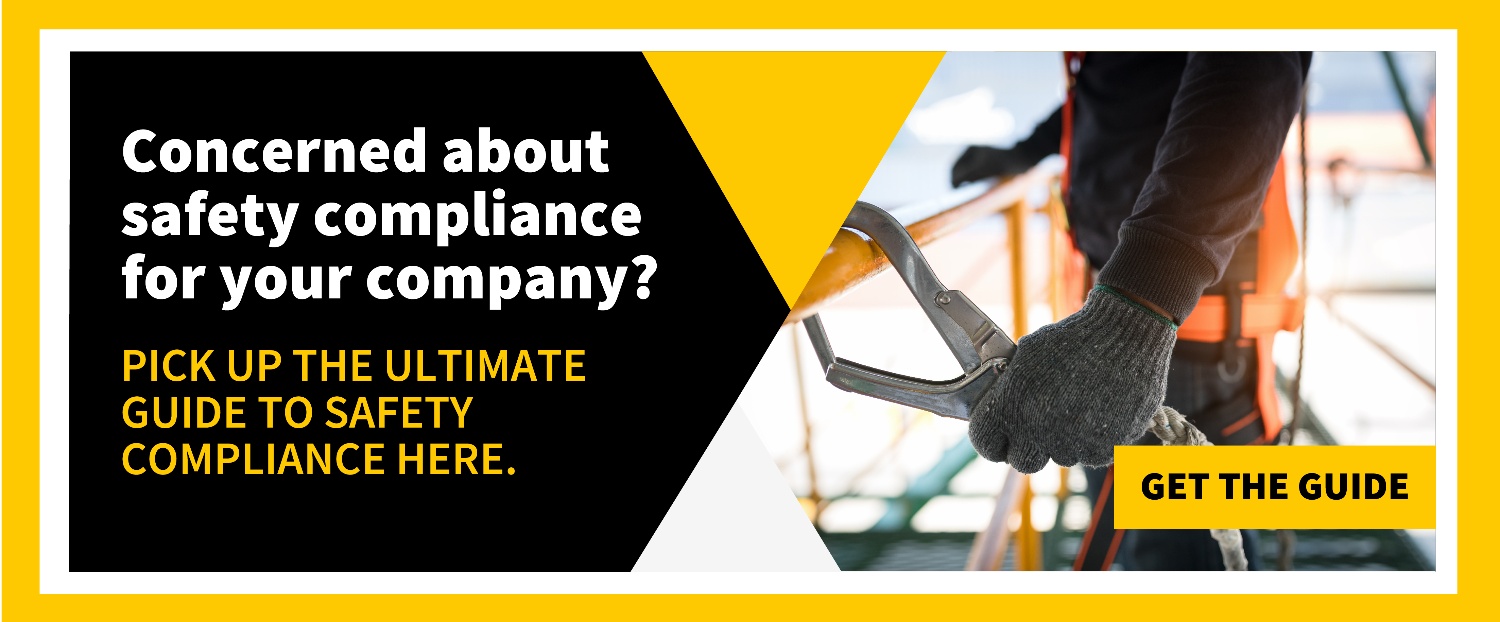
Your team works to complete projects safely, efficiently, and to a high standard. But even when everything goes according to plan, the network of regulations, laws and best practices surrounding environmental compliance can complicate things. Let’s take a look at why environmental compliance is important, and how your company can ensure it is responsibly handled.
Importance of Environmental Compliance
Caring for the environment surrounding your job site keeps you compliant with local and federal regulations, and it also ensures your team’s work is done responsibly and sustainably, avoiding potential health risks and protecting the area’s human and wildlife inhabitants. Addressing your project’s environmental impact is one of the most essential first steps and helps inform your long-term management and planning.
Types of Environmental Compliance | W.A.S.H.
Though the rules and regulations surrounding environmental compliance may be more specific and detailed, there are four main categories to be aware of. The acronym W.A.S.H. can help you remember what to look out for.
Water
For commercial property owners, water is the most commonly regulated environmental concern. Stormwater is of particular importance because runoff can contain pollutants that must be contained and managed before reaching the area’s water system. If your project disturbs more than one acre of land and stormwater from the site will flow to a municipal source, you will need a permit and regular inspections. Regulations vary by state, so this may be as simple as a visual assessment or as in-depth as recurrent water sampling. You can designate an employee to receive the necessary training and certification for these site inspections, or you can hire an outside consultant to handle this for you.
Air
Your company is expected to limit the quantity of volatile organic compounds (VOCs) and hazardous air pollutants (HAPs) that are released from your site. In contrast to water discharge permits, which are renewed on a regular basis, air permits for minor sources of VOCs and HAPs are typically issued once for specific equipment and do not expire. Take this into account when planning your project to make sure that your team has the necessary tools and permits. Larger manufacturing facilities that qualify as a major source of pollutants may need a Renewable Operating Permit that will govern the overall air quality of the facility itself. In addition to considering the impact outside of the project area, you will want to make sure that you give special attention to indoor air quality, as well.
Spills
Oil and chemicals like PCBs need special protection and maintenance plans in place to ensure that they are handled and discharged responsibly. In the event of a spill, your organization will likely need to notify the EPA and follow a Spill Prevention, Control, & Countermeasure (SPCC) plan to ensure environmental compliance (Tier 2) with regulations. An SPCC should contain maps that indicate the location of storage containers, procedures for alerting employees and relevant regulatory agencies, and steps for containing the spill itself.
Hazardous Materials
Your company’s requirements and disposal practices are regulated based on the amount of hazardous material that is produced or uncovered on-site.
Large quantity generators—sites that produce more than 2,200 pounds of hazardous material per month— must have an EPA ID number and accumulate waste for no more than 90 days before disposal. These sites are required to provide employee training, contingency plans, and emergency procedures and must track hazardous waste shipments using manifests. A biennial (once every two years) report must also be filed with the EPA.
Small quantity generators, which produce between 220 pounds and 2,200 pounds in a month, have generally fewer tracking and reporting requirements. However, they are held to the same standard for the disposal and discharge of hazardous materials.
Most construction sites qualify as conditionally exempt quantity generators. This means they produce less than 220 pounds of hazardous materials in a month. A conditional exemption removes the need for an EPA ID number but is contingent on a site storing no more than 200 gallons of hazardous waste on-site at any given time.
An important note is that these metrics do not apply to acute hazardous waste, which is material that is harmful to human health even when handled properly. These byproducts, marked with Hazard Code H and P-listed RCRA wastes, have more stringent requirements. Any site that produces more than 2.2 pounds of acutely hazardous waste per month is categorized as a large quantity generator, regardless of the amount of non-acute hazardous waste otherwise produced.
Related Content: Is Your Workplace Green?
Develop an Environmental Compliance Program
Your state or regional EPA office can connect you with resources that will help you build a compliance program and address any deficiencies in your current approach. While it is possible to address environmental compliance internally with training and certification, many organizations choose to get outside help from a third-party safety consultant. Because safety, regulations, and compliance are a consultant’s sole focus, they will be up-to-date and well prepared to navigate local and federal regulations.
However you choose to address environmental compliance, it is critical to ensure that your site is responsibly managed and prepared for every step of future and current projects.


















